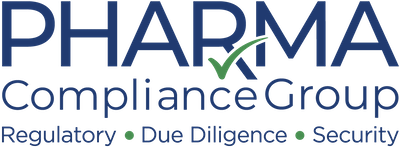Pharmacists are on the front lines of public health—and when it comes to controlled substances, their decisions carry serious legal weight.
Under the Controlled Substances Act (CSA), both the prescribing practitioner and the pharmacist share a corresponding responsibility to ensure a prescription is legitimate. This means a pharmacist must use sound professional judgment before dispensing any controlled substance, or they could face the same penalties as the prescriber—including DEA action.
The law is clear: a prescription not issued in the usual course of professional treatment is invalid. Filling a fraudulent prescription? That’s knowingly and intentionally distributing controlled substances.
With the opioid crisis still raging, the DEA has increased scrutiny on pharmacies and distributors alike. Pharmacists now face more pressure than ever to verify legitimacy—while still balancing patient needs, employer policies, and practitioner relationships. But hesitation or inconsistency can lead to serious consequences.
Key risk factors to watch for include:
Prescriptions from out-of-area or high-prescribing clinics
Patients showing patterns of “doctor shopping”
Incomplete or suspicious medical justification
The DEA expects pharmacists to act when something doesn’t look right. But interpreting “corresponding responsibility” isn’t always straightforward—it varies with experience, training, and state or corporate policies. Moreover, when prescribers are uncooperative or dismissive, pharmacists may feel pressure to fill anyway.
Still, failing to ask questions could cost a pharmacist their license—or worse.
Bottom Line
The safest path is clear documentation, proactive communication with prescribers, and strict adherence to red flag protocols. Pharmacists are a vital barrier against drug diversion, and the law mandates that they act accordingly.
Is your pharmacy prepared to meet its corresponding responsibility? Contact us for more information solutions@pcgrx.com

